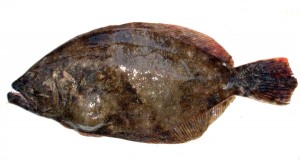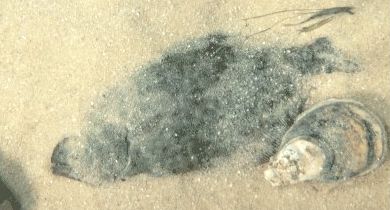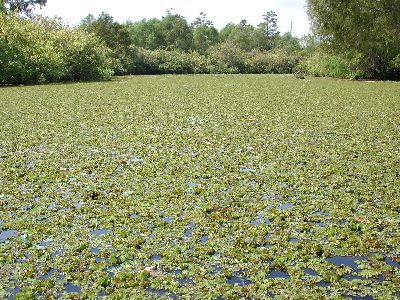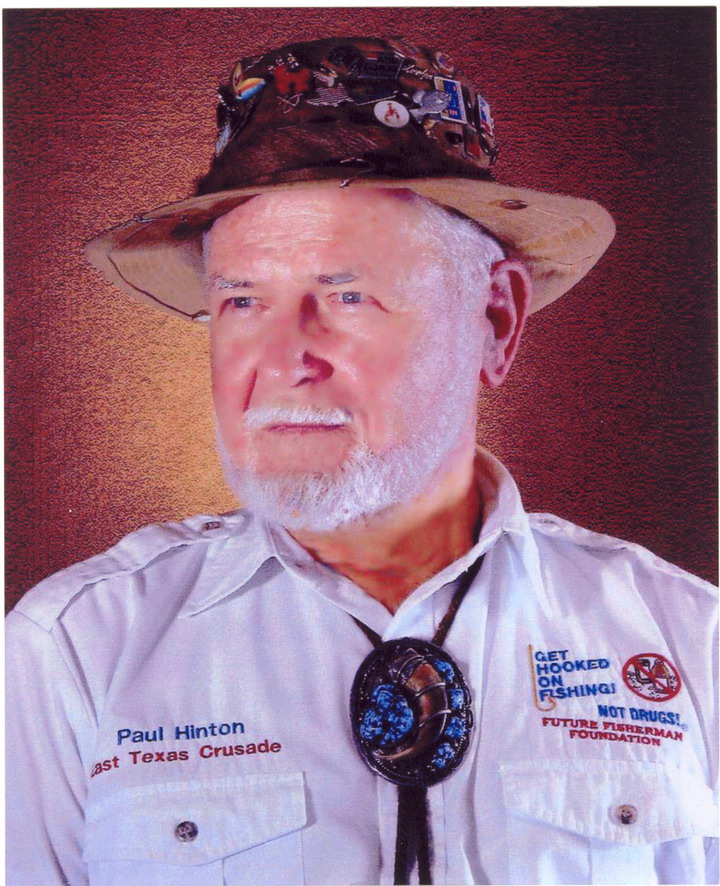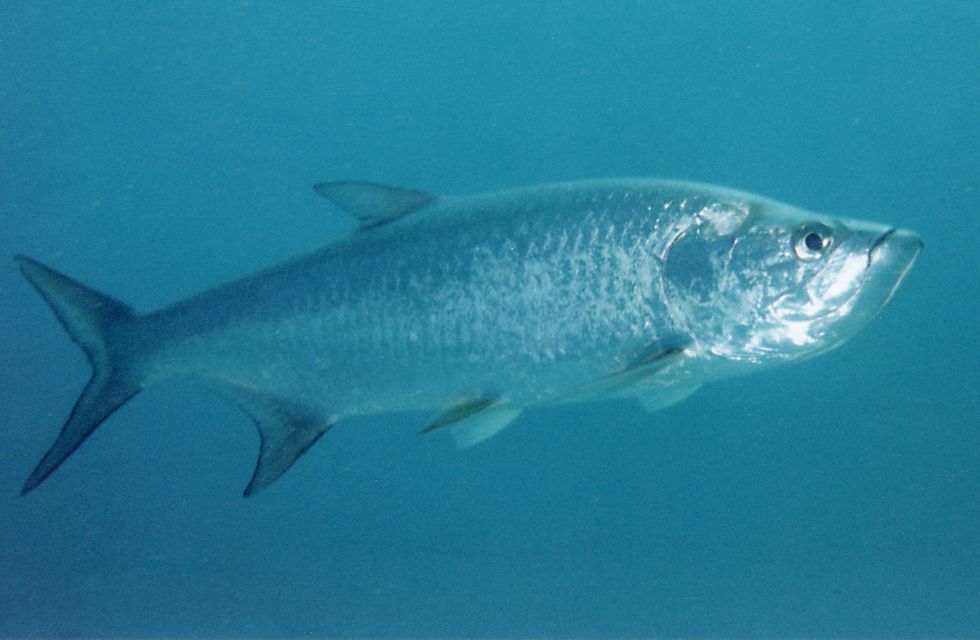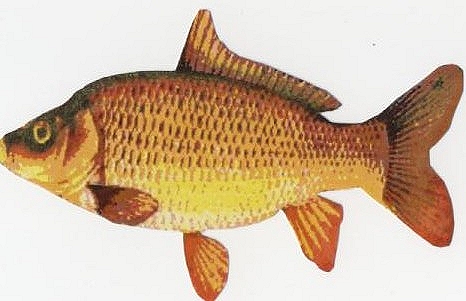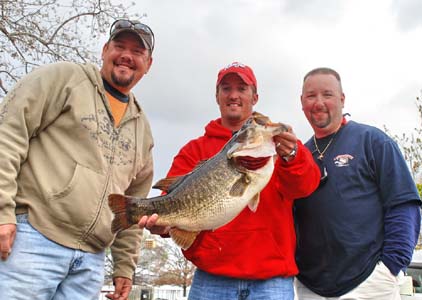The southern flounder is the most abundant flatfish along the Gulf Coast of Texas. Flounder stay in mostly shallow water during warm months and then migrate through cuts and passes to the Gulf to spawn during the fall and winter. The flounder is an ambush feeder and will wait patiently for something to eat. They create an ambush spot by lying flat on the bottom and waiting for unsuspecting bait to swim by.
Tidal water moving through small cuts or rocky areas are excellent places to find feeding flounder. They sometimes bury themselves under sand or silt as they wait for food to enter their area. The prime fishing season is during the “flounder run” in the fall. This period takes place from roughly October through November. Gigging is a popular method for taking flounder.
Gigging is done by either wading with a spotlight or lantern and “gigging” or spearing the fish with a gig (multi pronged) as it lays waiting for its dinner. But instead, it’s your dinner! Flat bottom boats with an air motor or trolling motor are usually used for gigging flounder.
Flounder have a laterally compressed body (fish lies on its side rather than on the abdomen) and always looks up. The flounder is capable of changing its color pattern to match the bottom color, ranging from blackish-brown to light- gray or a mottled coloring. The down side is white. Young flounder feed on crustaceans, while older flounder eat mostly fish.
In Texas, flounder must be at least 14 inches long to keep, and each person may keep 5 fish per day, but check the current fishing regulations before you head out fishing.
